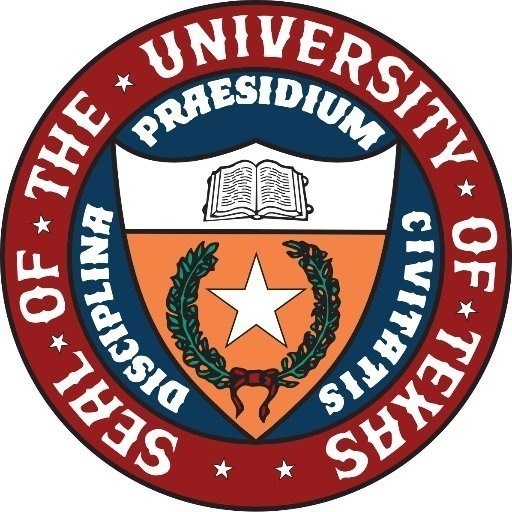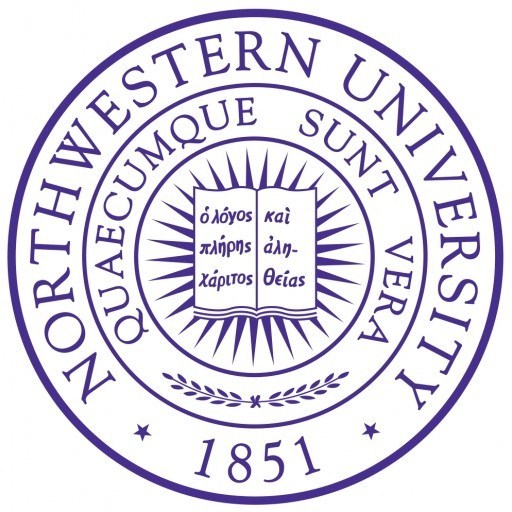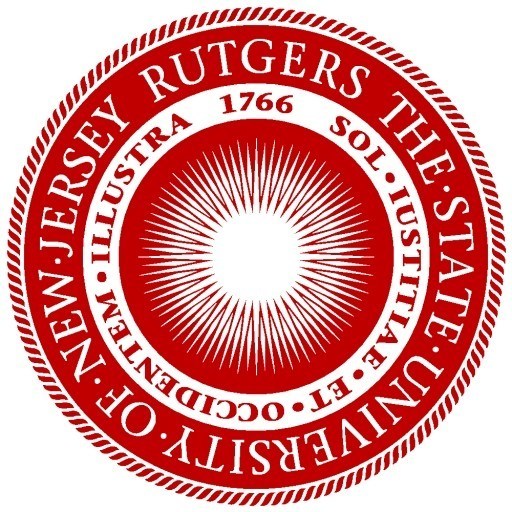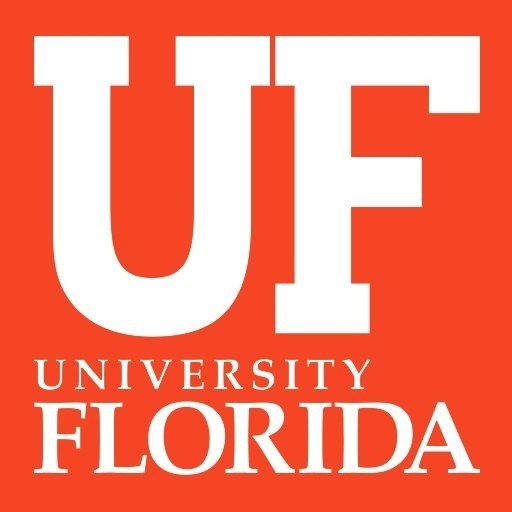Photos of university / #utsystemstudentadvisorycouncil
The Biomedical Engineering program at The University of Texas System offers students a comprehensive education at the intersection of engineering, biology, and medicine, preparing graduates for innovative careers in healthcare technology and biomedical research. This multidisciplinary program combines principles of electrical, mechanical, chemical, and materials engineering with advanced knowledge in biological sciences to develop solutions that improve human health and wellbeing. Students engage in rigorous coursework covering areas such as biomechanics, biomaterials, medical imaging, signal processing, and systems physiology, providing a strong foundation in both engineering fundamentals and their applications to biological systems.
The program emphasizes hands-on learning through laboratory experiences, project-based coursework, and internships in collaboration with medical institutions and industry partners. These practical opportunities enable students to apply theoretical concepts to real-world challenges, fostering skills in design, analysis, and problem-solving. The curriculum is designed to be flexible, allowing students to tailor their studies towards specialization tracks such as medical device development, imaging technology,rehabilitation engineering, or healthcare informatics. The program benefits from cutting-edge research facilities and laboratories, where students and faculty collaborate on pioneering projects in areas like regenerative medicine, neural engineering, and diagnostic devices.
Graduates of the Biomedical Engineering program are well-equipped to pursue careers in medical device design, clinical engineering, biomedical research, and healthcare innovation. Many alumni continue their academic journey in graduate or professional schools, advancing their expertise in biomedical sciences, medicine, or engineering. The university also fosters an entrepreneurial environment, encouraging students to translate their research into commercial ventures and startups. With a strong emphasis on ethical considerations, patient-centered design, and technological impact, the program aims to produce engineers who are not only technically proficient but also committed to advancing human health. Joining this program opens pathways to dynamic careers in the rapidly evolving biomedical sector, contributing to groundbreaking developments that improve lives worldwide.
The Bachelor of Science in Biomedical Engineering at The University of Texas System offers students a comprehensive education at the intersection of engineering, biology, and medicine. This program is designed to prepare students to develop innovative solutions for healthcare challenges through a balanced curriculum that combines fundamental engineering principles with advanced courses in human physiology, biomaterials, medical imaging, and biomedical instrumentation. Throughout the program, students gain hands-on experience in laboratories, engineering design projects, and internships, enabling them to apply theoretical knowledge to real-world medical problems. The curriculum emphasizes interdisciplinary collaboration, critical thinking, and technical skills, equipping graduates to contribute effectively to the development of medical devices, diagnostic equipment, and healthcare technologies. The program also fosters research opportunities in cutting-edge fields such as tissue engineering, regenerative medicine, and bioinformatics. Students are encouraged to participate in collaborative projects with healthcare providers and industry partners, providing practical insights into the biomedical engineering industry. With a strong foundation in math, science, and engineering, complemented by courses in biology and medicine, graduates of this program are well-prepared for careers in medical device companies, healthcare technology firms, research laboratories, or for continued education in graduate or medical schools. The University of Texas System's Biomedical Engineering program is committed to producing highly skilled professionals dedicated to improving health outcomes through innovative engineering solutions.
The Bachelor of Science in Biomedical Engineering at The University of Texas System requires students to complete a comprehensive curriculum that integrates principles of engineering, biology, and medicine. The program is designed to provide students with both theoretical knowledge and practical skills necessary for innovative contributions to healthcare technology and biomedical research. Students are expected to fulfill core undergraduate requirements, including general education courses in mathematics, physics, chemistry, and biology, which lay a solid foundation for specialized biomedical studies. The curriculum includes mandatory courses in systems physiology, biomaterials, bioinstrumentation, medical imaging, and biomechanics, ensuring students acquire a holistic understanding of biological systems and medical device design.
In addition to classroom instruction, students must participate in laboratory exercises and design projects that foster problem-solving abilities and hands-on experience. The program emphasizes interdisciplinary collaboration, encouraging students to work in teams on research projects and capstone design courses that simulate real-world biomedical engineering challenges. To enhance research skills, students are often required to engage in laboratory research or internships at affiliated hospitals, research centers, or industry partners affiliated with The University of Texas System. Ethical, legal, and regulatory aspects of biomedical engineering are also integrated into the curriculum to prepare students for responsible innovation and entrepreneurship in the healthcare sector.
Graduation requirements include achieving a minimum grade point average as specified by the university, completing all prescribed coursework with passing grades, and submitting a final capstone project demonstrating applied knowledge and technical competency. Additionally, students are encouraged to participate in extracurricular activities such as student chapters of professional societies, seminars, workshops, and competitions to broaden their professional network and stay current with advancements in biomedical technologies. Upon successful completion of the program, graduates are equipped to pursue careers in medical device design, research institutions, healthcare providers, or advanced studies in graduate or professional degree programs.
The Biomedical Engineering program at The University of Texas System offers a comprehensive range of financing options to support students throughout their academic journey. Tuition fees vary depending on the student's residency status, with in-state students benefiting from lower rates compared to out-of-state students. Generally, the annual tuition for in-state undergraduate students is approximately $11,000, while out-of-state students may pay around $38,000 per year. Graduate tuition rates are typically higher, and specific figures can vary by campus and program level. In addition to tuition, students should budget for mandatory fees, which include student services, technology, and laboratory fees, amounting to several thousand dollars annually.
Financial aid is a significant resource for students in the Biomedical Engineering program. The university offers federal and state financial aid programs, including Pell Grants, Federal Work-Study, and loans that help offset educational costs. Eligibility for these aid programs depends on the student’s financial circumstances and academic performance. Prospective and current students are encouraged to complete the Free Application for Federal Student Aid (FAFSA) to determine their eligibility for federal grants and loans. Furthermore, many students secure scholarships based on academic achievement, leadership, or involvement in research and community services. These scholarships are offered by the university, private foundations, and industry partners and can significantly reduce the financial burden.
The University of Texas System also provides various departmental scholarships specifically for students enrolled in engineering disciplines, including Biomedical Engineering. To be considered, students often need to demonstrate excellent academic records and outstanding potential in the field. Additionally, some students participate in assistantships, internships, or cooperative education programs that offer stipends or salary opportunities while gaining practical experience. These positions are typically awarded competitively and are linked to research projects or departmental activities.
Students should also consider external funding sources such as private scholarships, fellowships, and employer tuition reimbursement programs. Many companies involved in healthcare technology and biomedical industries provide sponsorship or tuition assistance for students pursuing degrees relevant to their field. Moreover, students are advised to explore loan options carefully, understanding the repayment terms and interest rates.
Overall, the financing landscape for Biomedical Engineering students at The University of Texas System is diverse and designed to make education accessible and affordable. Students are encouraged to actively seek information on available scholarships, consider federal and private loans judiciously, and participate in work-study opportunities to support their educational expenses. The university’s financial aid offices provide guidance and support throughout this process to help students identify and utilize the most suitable funding sources for their individual circumstances.
The University of Texas System offers a Biomedical Engineering program designed to prepare students for careers at the intersection of engineering, biology, and medicine. This interdisciplinary field combines principles from electrical, mechanical, chemical, and materials engineering with the biological sciences to develop innovative solutions for healthcare challenges. The program emphasizes both theoretical knowledge and practical applications, providing students with a strong foundation in biomedical device design, imaging, medical instrumentation, and biomaterials. Coursework typically covers areas such as anatomy and physiology, circuit design, signal processing, biomaterials, medical imaging technologies, biomechanics, and systems modeling.
Students in the program often have opportunities for hands-on experience through laboratory work, research projects, and internships in hospitals, medical device companies, or research institutions. The curriculum may also include coursework in ethics, regulatory issues, and healthcare delivery systems to prepare graduates for the complexities of the biomedical industry. The program aims to equip students with critical thinking, problem-solving, and communication skills essential for innovation and leadership in biomedical engineering. Many graduates pursue careers in medical device development, biomedical research, clinical engineering, or continue their education through graduate studies.
The program is structured to serve both undergraduate and graduate students, offering Bachelor’s and possibly Master’s degrees. It benefits from the university’s collaborations with healthcare providers and industry partners, providing students with networking opportunities and real-world problem-solving experience. Facilities at the university often include dedicated laboratories equipped with advanced instrumentation for biomedical research and prototyping. Faculty members are typically experts in their respective fields, engaging in pioneering research that often aligns with current industry needs. Overall, the Biomedical Engineering program at the University of Texas System is designed to foster innovation, technical expertise, and a deep understanding of medical and biological sciences to improve healthcare outcomes and contribute to advances in the field.









